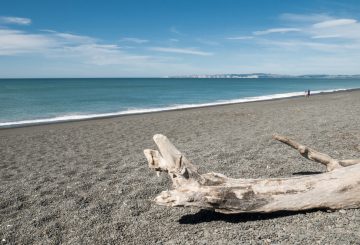Công viên mạo hiểm Christchurch sẽ mở cửa trở lại vào thứ Sáu tới sau khi đóng cửa trong một tháng do hỏa hoạn ở Port Hills. Ngọn lửa, bắt đầu vào ngày lễ tình nhân, đã thiêu rụi 650 ha và lan đến một phần của công viên.
Giám đốc công viên, Anne Newman, xác nhận rằng thang máy ghế và dây cáp zipline đã vượt qua kiểm tra an toàn và hầu hết các đường mòn dành cho xe đạp leo núi không bị ảnh hưởng. Nhóm nghiên cứu hiện đang bận rộn chuẩn bị công viên để mở cửa trở lại, bao gồm dọn dẹp các con đường mòn và lắp đặt lại ghế trên dây thang máy.
Newman nói: “Chúng tôi rất may mắn khi có thể mở cửa trở lại với hầu hết các điểm tham quan có sẵn. Việc mở cửa trở lại sẽ đúng vào dịp lễ Phục sinh và các kỳ nghỉ học tháng Tư. Newman bày tỏ lòng biết ơn của mình đối với các đội phản ứng khẩn cấp và nhóm của cô vì đã làm việc chăm chỉ của họ trong việc làm cho việc mở cửa trở lại có thể.
Vụ hỏa hoạn vào giữa tháng 2 đã dẫn đến việc hủy bỏ Crankworx Summer Series, một sự kiện đi xe đạp leo núi. Công viên trước đó đã bị hỏa hoạn vào năm 2017, khiến nó phải đóng cửa trong gần một năm. Tuy nhiên, thiệt hại từ vụ hỏa hoạn gần đây không nghiêm trọng.




























































